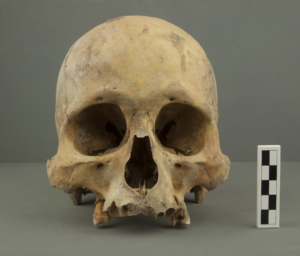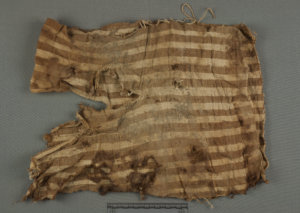
PROCEEDINGS OF THE NATIONAL ACADEMY OF SCIENCES—A study* uncovers multiple lines of evidence suggesting state-enforced resettlement of people along the Peruvian coast during the 15th century. The Inca in Peru are thought to have forcibly resettled masses of nonlocal people in the 15th century to support the economy and quell threats to authority, transforming the sociopolitical landscape of the Andes. However, archaeological evidence of the Inca policy of forced resettlement remains scant. Charles Stanish, Jacob Bongers, and colleagues combined multiple lines of evidence – ancient DNA, archaeological artifacts, written records, and biogeochemical sources – to construct a model of ancient human mobility that lends support to the theory of state-enforced resettlement of people along the Peruvian coast during 1400-1532 CE. Whole genome sequence analysis of the remains of six individuals found in mausoleum-like graves in two cemeteries in the middle Chincha Valley on the south Peruvian coast suggested that the individuals were of Peruvian north coast ancestry–a finding reinforced by strontium isotope analysis. Radiocarbon dating of the skeletal remains indicated an age of 1415-1805 CE, consistent with the period called the Late Horizon, when such resettlement is thought to have occurred. Additional evidence from north-coast-style ceramics and textiles as well as Colonial-era written documents describing Inca resettlement policies suggested movement of people during the Late Horizon. According to the authors, the disparate strands of evidence bolster a theory of Inca-enforced resettlement of people, who may have traveled south by foot or on oceangoing vessels from Peru’s northern coast.
______________________________

Male cranium from UC-008 Tomb 1 that was sampled for ancient DNA analysis.
Colleen O’Shea
______________________________

A tunic from UC-008 Tomb 1. Colleen O’Shea
______________________________
Article Source: PNAS news release
*”Integration of ancient DNA with transdisciplinary dataset finds strong support for Inca resettlement in the south Peruvian coast,” by Jacob L. Bongers et al.
______________________________
Advertisement





